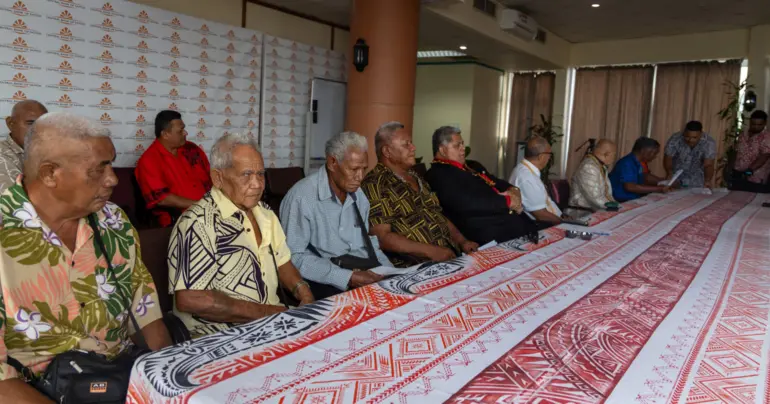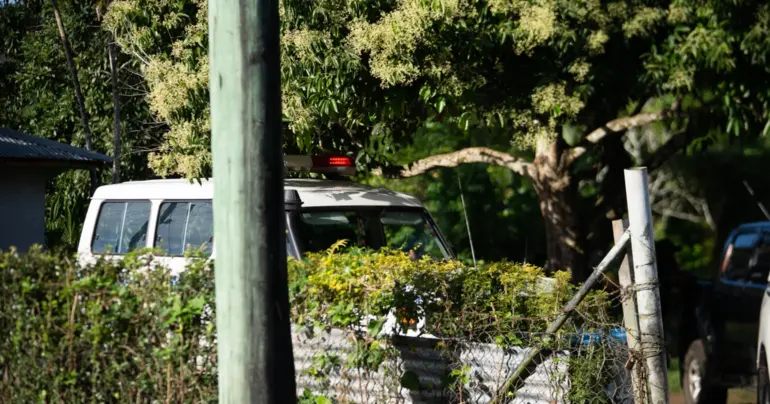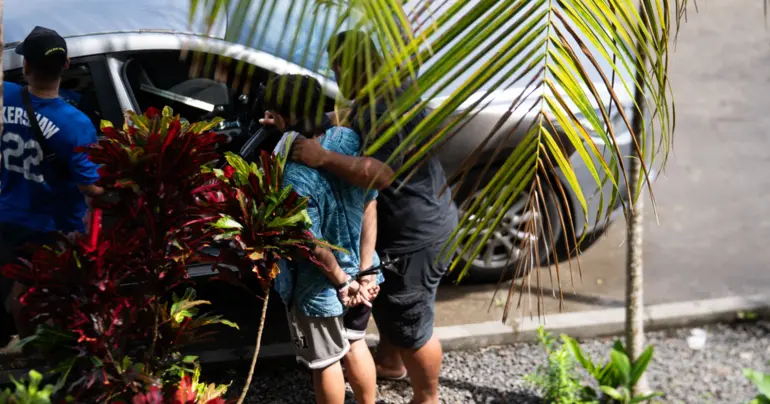The Salani farmer, manioka and the La Niña
If you hadn't noticed, the stars aligned this week for Samoa and the Pacific islands, in terms of natural disaster mitigation and management.
The Wednesday 21 September 2022 edition of this newspaper had two stories that are interconnected: an appeal from a regional climate monitoring hub to island nations to prepare for the impact of La Niña; and an appeal from a Salani village farmer for more Samoans embrace the miracle crop cassava or manioka as it is known locally due to its durability to extreme weather conditions.
The regional climate monitoring hub, known as the WMO Pacific Regional Climate Centre Network (RCC-N) cautioned countries in the region to be weary of and prepare for drier conditions and more rainfall than normal, as the impact of La Niña is felt throughout the islands.
Communities in the central equatorial Pacific were advised to prepare for a return to drier than normal conditions, while communities in the northwest and southwest Pacific are projected to experience higher than normal rainfall, according to a Pacific Regional Environment Programme (SPREP) statement.
The caution comes on the back of the declaration of a La Niña for the third consecutive year in the Pacific by the World Meteorological Organisation (WMO).
For Salani village farmer, Farmer Fuimaono Viiga, he believes he has found the miracle crop which he says can sustain Samoans’ diet going forward and during challenging times.
He told the Samoa Observer in an interview that not many people in Samoa plant manioka despite its various benefits.
"You know not many people plant it in Samoa but I have done my research – it is a very sustainable crop because of its durability,” said Mr. Viiga.
“You can leave the manioka in the soil for more than a year and a half, even though it is ready in eight months.
"You can also just take what you need and leave the rest of the crop in the ground so that there is no waste.”
According to the Salani farmer, the root crop also has many other uses which Samoans can benefit from.
"You can make starch and flour with the manioka. It is used as chicken feed, pig feed, biogas and the whole plant is useful,” he said. “The leaves are nutritious so you can use them in soup.”
We commend and congratulate Mr. Viiga – he is on track in terms of his research and assessment of the root crop and its wider benefits to the Samoan community.
And he is correct in his views of the durability of the food crop.
Global research on food security and environmental sustainability point to cassava as the sixth most important crop in the world, in terms of global annual production and being a food staple for over 800 million people.
It was pure coincidence for these two stakeholders in the climate change debate to come out in the way they did this week to draw attention to these two interconnected issues and we hope the people stopped and took notice.
The assessment of the RCC-N has been supported by experts such as the SPREP COSPPac Climatology Officer, Philip Malsale as well as the SPREP Meteorology and Climatology Adviser, Salesa Nihmei and the Australian Bureau of Meteorology (BoM) COSPPac Technical Science Lead, Dr. Simon McGree.
During La Niña Pacific countries in the west, namely Palau, mainland Papua New Guinea (PNG), Solomon Islands, New Caledonia, Vanuatu, Fiji, Tonga, Wallis and Futuna, Samoa, American Samoa, Niue, southern Cook Islands and southern French Polynesia, tend to receive higher than normal rainfall. The opposite impact is experienced in countries in the central Pacific. These include Nauru, Kiribati, Tuvalu, Tokelau, northern Cook Islands and northern French Polynesia.
Here in Samoa, we hope the local authorities can utilise the Salani village manioka farmer, Mr. Viiga to raise more awareness on manioka and its long-term benefits to the community, especially its durability and adaptability during extreme weather and in light of the meteorological projections of the onset of another La Niña period.
We are thankful for the work that the Samoa Meteorological Service and the Ministry of Natural Resources and Environment continues to do to keep the public informed on weather forecasts including extreme weather conditions.
But the Salani farmer’s network at the community level can go a long way in spreading the word around, in terms of the food crops to focus on during these tumultuous and unpredictable climatic conditions.
It is clear Mr. Viiga sees the link between enabling food security at the community level as the country prepares itself to deal with the impact of the La Niña. Let’s not waste that opportunity to collaborate and share knowledge to minimise and mitigate the effects of extreme weather conditions.











